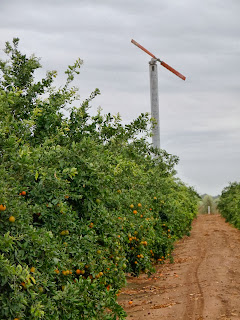LUNA—ANOTHER RELIABLE FUNGICIDE TOOL
TODAY, Dave Runsten, Policy Director, Community Alliance with Family Farmers (CAFF), a non-profit organization that advocates for California’s family farmers and sustainable agriculture, posted the following FSMA Policy Update:
The Ag Crime Alert thanks everyone for keeping an eye out.
By Laurie Greene, Associate Editor
 |
| Red blotch leaf symptoms on a Cabernet Franc vine. Photo by Marc Fuchs. |
 In the survey, growers identified how they plan to change their programs in 2014. More than two-thirds of growers indicated that they would be applying a pre-emergence herbicide this season and more than half of growers are planning to add an additional herbicide to their existing program. Additionally, 50 percent of growers plan to use more than one site of action and 47 percent said they plan on using overlapping residual herbicides to control resistant weeds.
In the survey, growers identified how they plan to change their programs in 2014. More than two-thirds of growers indicated that they would be applying a pre-emergence herbicide this season and more than half of growers are planning to add an additional herbicide to their existing program. Additionally, 50 percent of growers plan to use more than one site of action and 47 percent said they plan on using overlapping residual herbicides to control resistant weeds.
 |
|
| Jim Gates of Nevada County, Photo/Ching Lee |
USDA and EPA will:
 |
| A Wind Machine Standing By to Help Protect
Citrus as a Freeze Moves into the Valley.
|